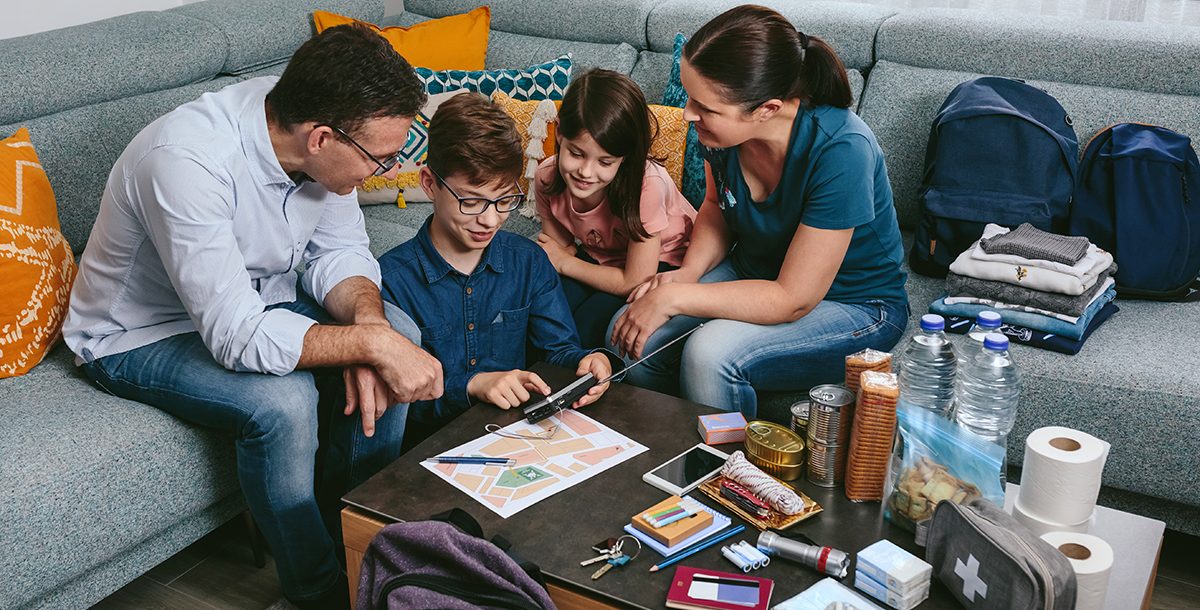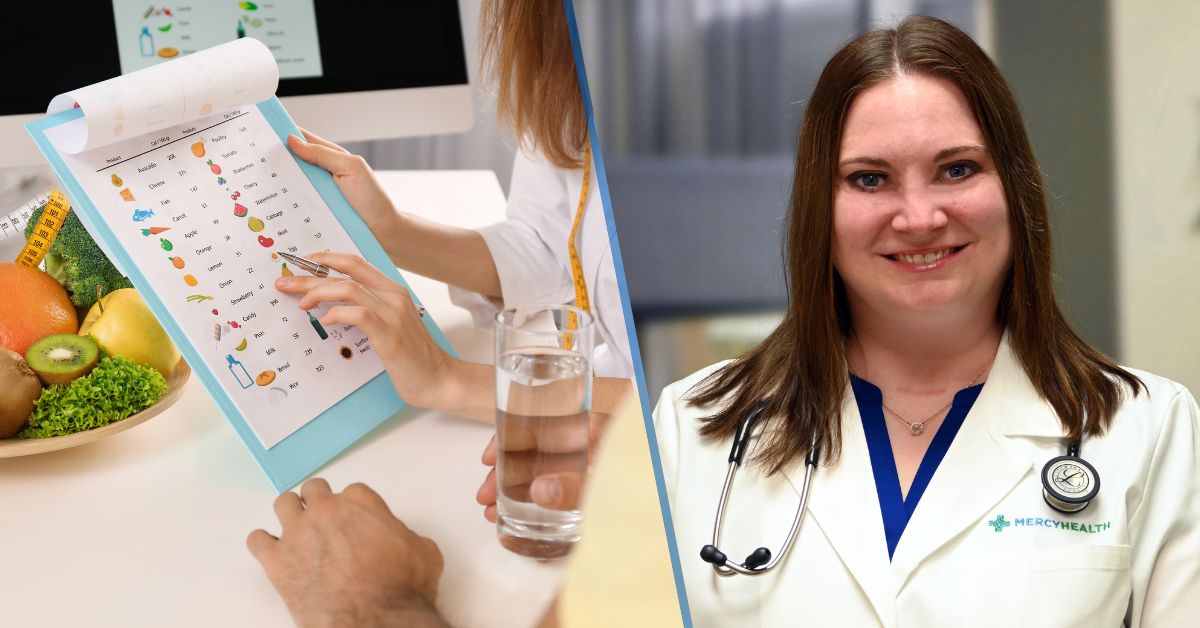Emergencies are a fact of life, and they can happen at any time.
For kids in particular, knowing what to do in emergency situations can help reduce stress as they are ready to respond when unexpected events occur.
Explaining 911 to kids
Kids need to know what an actual emergency is to understand when to call 911. Knowing the difference between someone spraining an ankle versus someone falling and becoming unconscious is important.
Go through various situations with your child and talk about the difference between an unpleasant situation and an actual emergency. Explain that it’s never OK to call 911 as a joke or prank and that many cities consider this a crime.
Start by making a list of emergencies that would need a 911 call together so your child knows what to do.
Here are some examples:
- Someone is choking.
- Something is on fire.
- Someone is unconscious.
- Someone is having trouble breathing.
- Someone has had a serious car accident.
- Someone is committing a crime, such as a break-in.
Kids might feel scared or nervous about calling 911. Tell your child the emergency operators are kind, helpful and talk to kids every day. Kids should know they can trust the emergency operator and explain to your child that they should give the operator as much information as possible.
Disaster preparedness
Teach kids about natural disasters that can happen in the area you live.
Some people have to be prepared for hurricanes, while others have to be ready for ice storms. Natural disasters might also include:
- Blizzards
- Tornadoes
- Earthquakes
- Severe thunderstorms
Explain what could happen with natural disasters that are a risk for your area and tell your child how you prepare for this disaster if it happens. By running through various situations that might happen with a natural disaster ahead of time you’re helping your child prepare so they know what to expect.
Your family’s emergency preparedness checklist
Families who prepare ahead of time can protect themselves and handle disasters. Here are some of the important tasks on the Red Cross emergency preparedness checklist for families:
- Create an escape plan to get out of the home.
- Gather a first-aid kit with basic medical supplies.
- Write down important phone numbers of family and friends.
- Find safe spots in or around the home to go to in each type of disaster.
- Create an emergency response plan for each type of disaster and discuss the plan with the family.
- Gather a supply kit that includes water, non-perishable food, a change of clothing for each family member, blankets, a flashlight and a battery-powered radio.
Fun activities to teach emergency preparedness to kids
You can also make emergency preparedness interesting so children stay engaged and remember what they’ve learned.
Get kids familiar with emergency preparedness with games and activities like these:
- Take a tour of a fire department.
- Decorate the outside of your family’s emergency kit with bright coloring.
- Have a scavenger hunt to find items that should be in an emergency kit.
- Have a role-playing activity where kids are adults and adults are kids. Have the “adults” help the “kids” to safety.
If you or a loved one is having a medical emergency, we are here for you. Learn about the emergency care services we provide at Mercy Health.






